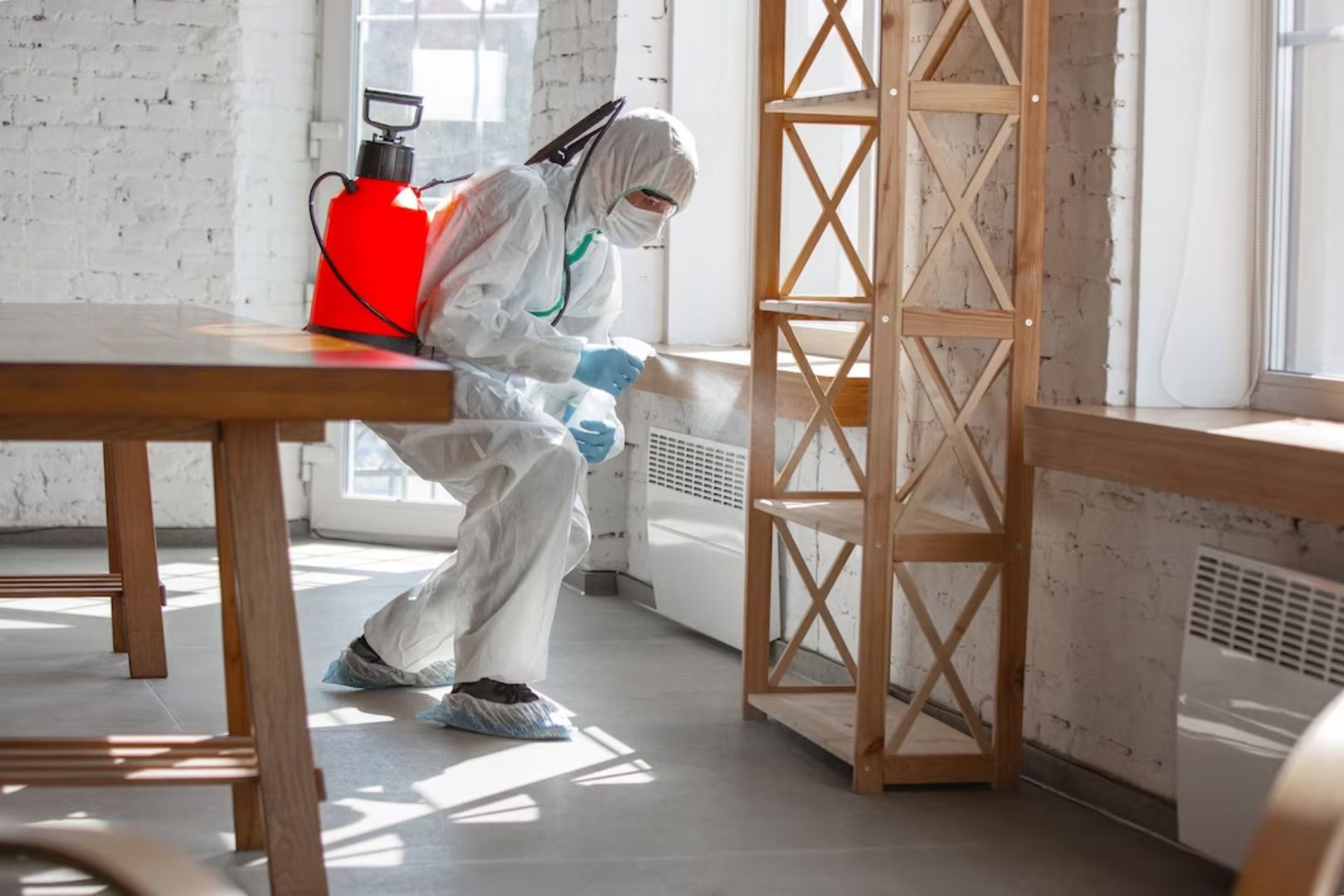Integrated pest management (IPM) is a long-term approach to pest control in Chennai with minimal impact on human health and the environment. It uses current, in-depth information on the life cycles of the pests and their interaction with the environment. IPM programs use pesticides as a last resort to deal with the pests. They use other methods such as barriers to keep pests out of your home or traps to prevent them. This blog explores the advantages and disadvantages of Integrated Pest Management on public health and the environment.
Advantages of Integrated Pest Control:
Resistance Management
If chemical pesticides are used too often, pests become resistant to them, making them ineffective. IPM integrated approach eliminates resistance by using a variety of pest control methods, biological, cultural, and mechanical. This helps prolong the efficacy of chemicals when used.
Balanced Eco-system
Though pesticides are an effective way to control pests there is a huge cost associated with it. Pesticides are toxic to organisms that are not harmful to crops which results in species extinction. This can have serious consequences for our ecosystem. IPM does not eradicate pests, it simply redirects or removes them from the area. Using pesticides will affect the environment and non-targeted organisms but with IPM, no harm will be done. It is essential in maintaining the balance in the ecosystem.
Reduced Reliance on Chemicals
Traditional pest control methods require a lot of reliance on chemicals and pesticides which can have bad effects on human health and the environment. On the contrary, IPM focuses on minimum use of chemicals making it safer and sustainable.
Environmental Benefits
IPM programs use environmentally friendly methods of pest control. It reduces the use of chemical pesticides and protects non-target organisms like birds, insects, and mammals. It also reduces the residue of chemicals in the soil and water to minimize contamination and environmental damage.
Cost-Effective
Though implementing an IPM program requires an initial investment in research, infrastructure, and training, it will prove cost-effective in the long run. IPM reduces production costs through reduced levels of pesticide use. It helps in yielding high-quality crops that can contribute to farmers profitability leading to economic viability. It also lowers pest-related damage.
Long-Term Sustainability
IPM is meant for long-term sustainability. It focuses on less use of chemical pesticides. IPM helps maintain ecological balance and the health of agricultural and urban systems. This sustainability ensures that future generations can reap the benefits of productive and healthy ecosystems.
Compliance With Regulations
Many countries and regions allow restricted use of pesticides and chemicals for the safety of the environment. By implementing the IPM program and focusing on reduced use of chemicals, farmers can comply with these regulations without facing any financial and legal issues.
Disadvantages Of Integrated Pest Management:
Energy and Time-Consuming
The implementation of integrated pest management takes a lot of time. It also requires a lot of energy as it has to be monitored closely to know the best pest control method to use. Also, different methods may be required to manage different pests. IPM may not provide immediate or complete pest control which can be frustrating for both the customer and the practitioners that are seeking quick results.
Implementation Challenges
Changing from traditional pest control methods to integrated pest management can be a challenging process that requires training, education, and changes in agricultural and management practices. Farmers and consumers may be resistant to change and can face initial challenges in implementing this technique.
Also Read: Things to Know About Car Transportation Charges in India
Requires Lots of Resources
A lot of resources are required to properly and accurately implement the IPM program, unlike the use of pesticides. There are various methods and techniques that will be applied to reduce pests, and each one of them needs several resources. Hence, the IPM program is much more expensive than using pesticides.
Limited Effectiveness
In some cases, IPM may not be that effective, as compared to conventional pest control methods, especially when there is severe infestation or for a particular type of pest. In such cases, you may need more aggressive control measures such as chemicals to effectively control pests.
Availability of Non-Chemical Control Methods
Some of the non-chemical methods used in IPM, such as the biological agents may not be widely available or may not be effective in certain areas. This can limit the options available and can require the use of chemical pesticides to remove pests from these areas.
Lack of Knowledge
Some people don’t have a good understanding of the IPM program and don’t know how it works. This can cause them resistant or skeptical about implementing it. Individuals and organizations may find it challenging to implement IPM programs.
Labor Intensive
An IPM program may require more labor-intensive management and monitoring as compared to traditional pest control methods. The practice of IPM has many different methods integrated in order to provide the most effective pest control methods. Different methods will need different laborers to monitor and manage.
Conclusion
IPM is generally considered a positive method of pest management as it emphasizes the reduced use of chemicals and pesticides. There are various advantages of IPM, including environmental benefits, resistance management, cost-effectiveness, long-term sustainability, and compliance with regulations. However, it also comes with certain disadvantages such as being time-consuming, implementation challenges, labor intensive, and lack of knowledge. While IPM has its challenges, its benefits outweigh its drawbacks. IPM helps to maintain a healthier ecosystem, reduce the use of pesticide residues, and long-term sustainability. It is important to continue to research, educate, and provide support to ensure that IPM remains an effective pest management solution.
